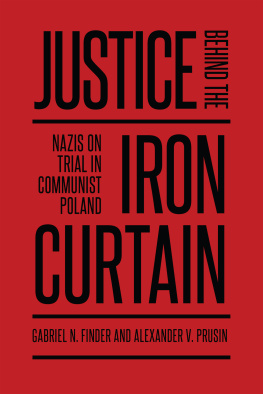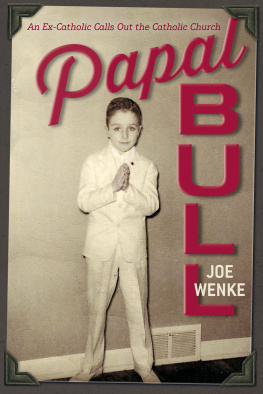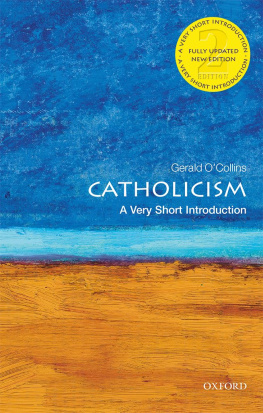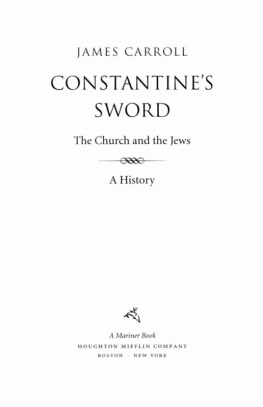This book is a publication of
Indiana University Press
Office of Scholarly Publishing
Herman B Wells Library 350
1320 East 10th Street
Bloomington, Indiana 47405 USA
iupress.org
2021 by Jonathan Huener
All rights reserved
No part of this book may be reproduced or utilized in any form or by any means, electronic or mechanical, including photocopying and recording, or by any information storage and retrieval system, without permission in writing from the publisher. The paper used in this publication meets the minimum requirements of the American National Standard for Information SciencesPermanence of Paper for Printed Library Materials, ANSI Z39.48-1992.
Manufactured in the United States of America
Cataloging information is available from the Library of Congress.
ISBN 978-0-253-05402-9 (hardback)
ISBN 978-0-253-05404-3 (paperback)
ISBN 978-0-253-05403-6 (ebook)
First Printing 2021
T HIS BOOK REFLECTS THE CONTRIBUTIONS AND EFFORTS OF many individuals and institutions in the United States, Poland, Germany, Israel, and the United Kingdom. Research over the years has been supported by two summer fellowships from the Deutsches Historisches Institut/Niemiecki Instytut Historyczny, Warsaw; by the College of Arts and Sciences Deans Fund for Faculty Development at the University of Vermont; by a University of Vermont Department of History Nelson Grant; by the Humanities Center at the University of Vermont; and by a Career Enhancement Grant/Research Opportunities Grant from the Office of the Vice President for Research and Dean of Graduate Studies at the University of Vermont. The Carolyn and Leonard Miller Center for Holocaust Studies at the University of Vermont has also provided generous research support.
I am especially grateful to the many mentors, colleagues, students, and friends who have offered their support, critiques, and advice over the years. These include, at the University of Vermont, Adriana Borra and Andrew Buchanan; Anne Clark and Sean Field for their ongoing help with Latinisms, Latin, and church history; fellow historians and interlocutors Boa Ergene and Sean Stilwell for their encouragement, friendship, and willingness to discuss some of the most important things in life, and many unimportant things as well; and for his support and leadership of the University of Vermonts superb Department of History, Paul Deslandes. In that department, I have had the privilege of working with three outstanding historians of Nazi Germany and the Holocaust: Frank Nicosia, Susanna Schrafstetter, and Alan Steinweis. They have shaped this book and my thinking as a historian in countless ways, and I am honored to have them as colleagues.
A number of University of Vermont studentsSarah Doubleday, Raymond Huessey, Sara Krumminga, Ben Lindsay, and Kelly Morganhave assisted in this project in a variety of ways. I am also grateful to Timber Wright for designing the maps in this book and to Kiara Day for her careful reading of the manuscript in its final stages.
I am indebted to many archivists, librarians, and colleagues in various research institutes, archives, libraries, and museums who have offered their service and assistance at various stages of this project. These include Father Micha Soomieniuk of the Archiwum Archidiecezjalne w Gnienie; Stephan Lehnstaedt, Ruth Leiserowitz, Eduard Mhle, Milo eznk, and Grayna lepowroska at the Deutsches Historisches Institut/Niemiecki Instytut Historyczny, Warsaw; Giles Bennett and Andrea Lw at the Institut fr Zeitgeschichte, Munich; Renata Szulc at the Instytut Pamici NarodowejKomisja cigania Zbrodni przeciwko Narodowi Polskiemu, Warsaw; Father Janusz Nowiski of the Instytut Historii Sztuki of the Uniwersytet Kardinaa Stefana Wyszyskiego, Warsaw; Tomasz Budnikowski, Iwona Bykowicz, Bogumi Rudawski, and Maria Rutowska at the Instytut Zachodni, Pozna; Anna Zikowska of the Muzeum Martyrologiczne w abikowie; Barbara Jarosz of the Muzeum Miasta Ostrowa Wielkopolskiego; Bartosz Stachowiak of the Muzeum Miasta Turku im. Jzefa Mehoffera; Sebastian Pluta of the Muzeum Regionalne w Jarocinie; Krzysztof Stoliski of the Polish Underground Movement Study Trust, London; David Silberklang at Yad Vashemthe World Holocaust Remembrance Center, Jerusalem; Michlean Amir, Aleksandra Borecka, Kassandra LaPrade-Seuthe, Jrgen Matthus, and Vincent Slatt at the United States Holocaust Memorial Museum; Albert Joy and Christina Krupp from the Acquisitions Department at the David W. Howe Memorial Library at the University of Vermont; Lisa Brooks, Barb Lamonda, and Sarah Paige from the Interlibrary Loan Office of the same; Father Zbigniew ukasik and Aleksandra Szulczewska of the Wocawskie Muzeum Diecezjalne; Father Krzysztof Kamiski and Sister Bernadeta abierek of the Wysze Seminarium Duchowne, Wocawek; Sister Laurencja Jdrzejczak and Sister Benigna Kope of the Zgromadzenia Sistr Wsplnej Pracy od Niepokalanej Maryi, Wocawek; and Sister Rafaa Kisiel of the Zgromadzenia Sistr Suebniczek Niepokalanego Poczcia Najwitszej Maryi Panny, Lubo.
This book has also benefited from the counsel, criticism, encouragement, and support of scholars and friends in North America and beyond, among them Natalia Aleksiun; Kevin Beilfuss; Doris Bergen; Suzanne Brown-Fleming; Hanna Budnikowska; Martina Cucchiara; John Delaney; Catherine Epstein; Michael Eversole; Peter Fritzsche; Jan Grabowski; Micki and Brian Hodous; Jerold Jacobsen; Karolina Kamiska; Dariusz Libionka; John Pawlikowski, OSM; Annelies Piening; Antony Polonsky; Father Kazimierz migiel; Kevin P. Spicer, CSC; and Robert Ventresca. I am especially indebted to Agnieszka uczak, Boena Szaynok, and Jakub Tyszkiewicz for their careful readings of the manuscript, constructive suggestions, and helpful comments at a 2019 symposium sponsored by the Fundacja Przestrzeni Obywatelskiej i Polityki Spoecznej, and to the anonymous readers for Indiana University Press, whose input has improved this book in countless ways.
Brief selections from my article Nazi Kirchenpolitik and Polish Catholicism in the Reichsgau Wartheland, 19391941, Central European History 47 (2014): 105137 ( Central European History Society of the American Historical Association, 2014) appear in the introduction and , and are reprinted with permission.
It has been a pleasure to work with the editorial and production staff at Indiana University Press, and I especially appreciate the enthusiasm and counsel of my editor, Jennika Baines, the professionalism of Sophia Hebert and project managers Darja Malcolm-Clarke and Megan Schindele, and the copyediting skills of Gregg Baptista.
Finally, I have enjoyed the support and understanding of my wife, Marilyn Lucas, who made this book possible in more ways than can be listed here. Research and writing result in many absences, both physical and emotional, and my daughters, Anna Ccile and Myriam Justine, have patiently put up with so many of these over the years. With admiration and love, I dedicate this book to them.
Burlington, Vermont
January 2020












